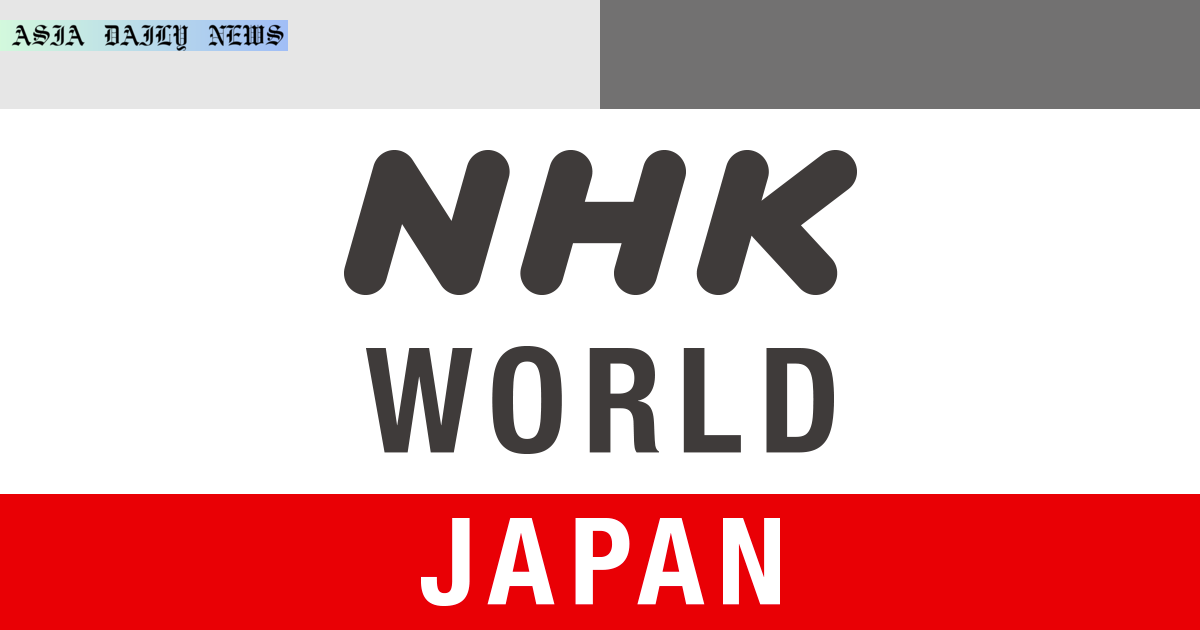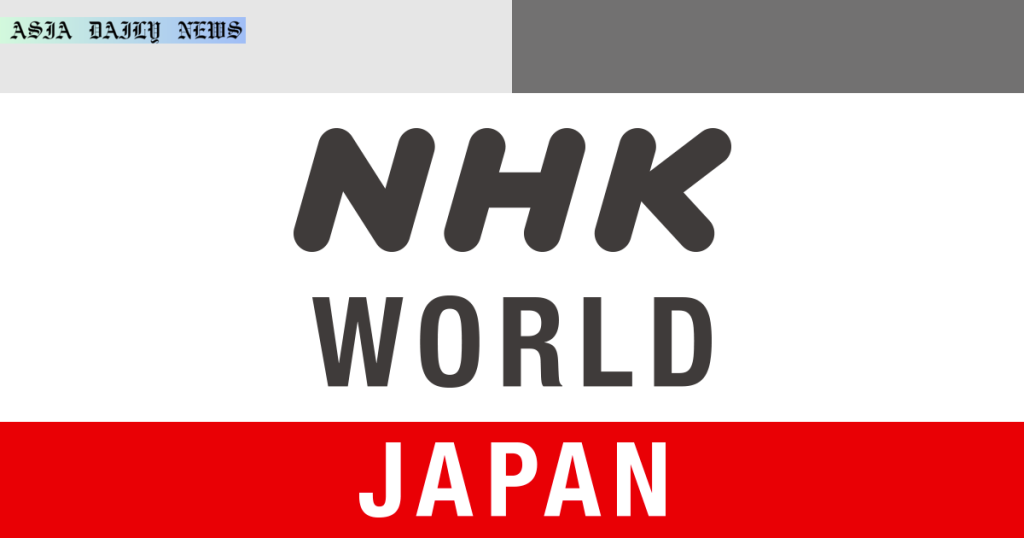International schools are increasingly popular among thousands of children in Tokyo, offering flexible curriculums with foreign languages.
Thousands of Japanese children opt for international schools instead of traditional education.
Over 4,800 children in Tokyo’s central wards are enrolled in international classrooms.
These non-traditional schools offer flexible curriculums and instruction in foreign languages.
Tuition in international schools is high, but their popularity continues to grow rapidly.

Introduction: A Shifting Education Trend in Tokyo
In Tokyo, an increasing number of Japanese children are moving away from the country’s traditional education system and embracing international schools. With over 4,800 enrollments in Tokyo’s central 23 wards alone, the trend marks a significant shift in parental priorities. International schools, which operate outside Japan’s official education system, offer flexible curriculums and lessons conducted in foreign languages. These schools have become an attractive alternative for families seeking a globalized education for their children, albeit at a steeper cost.
The Appeal of International Schools
International schools offer a unique advantage by providing an education that aligns closely with global standards. Parents increasingly recognize the value of equipping their children with skills that go beyond local academics. These schools use diverse curriculums such as the International Baccalaureate (IB) or other country-specific programs (e.g., American or British education systems). With foreign language instruction, these institutions cater to families aiming for an international perspective for their children. Emphasizing critical thinking, creativity, and a broader world view, international schools prepare students for both overseas education opportunities and a globalized workforce.
High Costs and Accessibility Challenges
Despite their benefits, international schools are not without challenges. The high tuition fees often pose a significant burden on families, limiting accessibility to only a select demographic. The absence of financial subsidies—common in Japan’s public education system—further widens the gap between who can afford such education and who cannot. Nevertheless, some parents are willing to make financial sacrifices, driven by the perceived long-term benefits of a globalized education for their children.
Impact on Traditional Education
This shifting preference is causing ripple effects within the traditional Japanese education system. Local schools, known for their rigid curriculums and highly structured schedules, are increasingly being seen as less adaptive to the evolving needs of a globalized society. The growth in private international school enrollment sends a strong message about how parents view the future educational needs of their children, creating a need for reforms within traditional institutions.
Conclusion: A Path to Global Competence
The rise in popularity of international schools in Tokyo reflects a broader trend towards globalization and educational reform. These schools offer an enviable mix of flexibility, cultural exposure, and academic rigor. While challenges like high costs remain, the upward trajectory of enrollments indicates growing confidence in this alternative model. Whether Tokyo’s traditional schools adapt or not, the increasing preference for international education stands as a testament to the shifting priorities of Japanese families in an interconnected world.
Commentary
The Allure of Globalized Education
The growing preference for international schools in Tokyo is a fascinating development within Japan’s well-established education system. For years, Japanese schools have been renowned for their discipline, academic rigor, and structured curriculums. Yet, the fact that thousands of parents are exploring alternative models suggests a broader reconsideration of what constitutes a quality education. Families today see the world as increasingly interconnected, where proficiency in foreign languages and global perspectives are invaluable assets. International schools seem to provide exactly that, making them a compelling choice for future-oriented families.
Challenges That Cannot Be Ignored
However, this trend is not without its challenges. International schools often come with steep tuition fees, making them inaccessible to a large portion of the population. This raises concerns about equity in education. Furthermore, these schools operate outside the official Japanese education system, leading to questions about how well they integrate students into local society or meet national academic standards. While families might prioritize global opportunities, there’s an ongoing debate about whether this approach risks losing cultural and societal connections within Japan.
The Need for Balance and Reform
As Japan evolves in response to globalization, perhaps the traditional school structure could learn from the appeal of international classrooms. Integrating flexibility, encouraging foreign language education, and fostering critical thinking within local schools might stem the outflow of students. Reforming traditional institutions could strike a balance between maintaining cultural values and preparing students for the modern world. Ultimately, this ongoing shift highlights the adaptability and resilience Japan will need to thrive in a globalized future.



